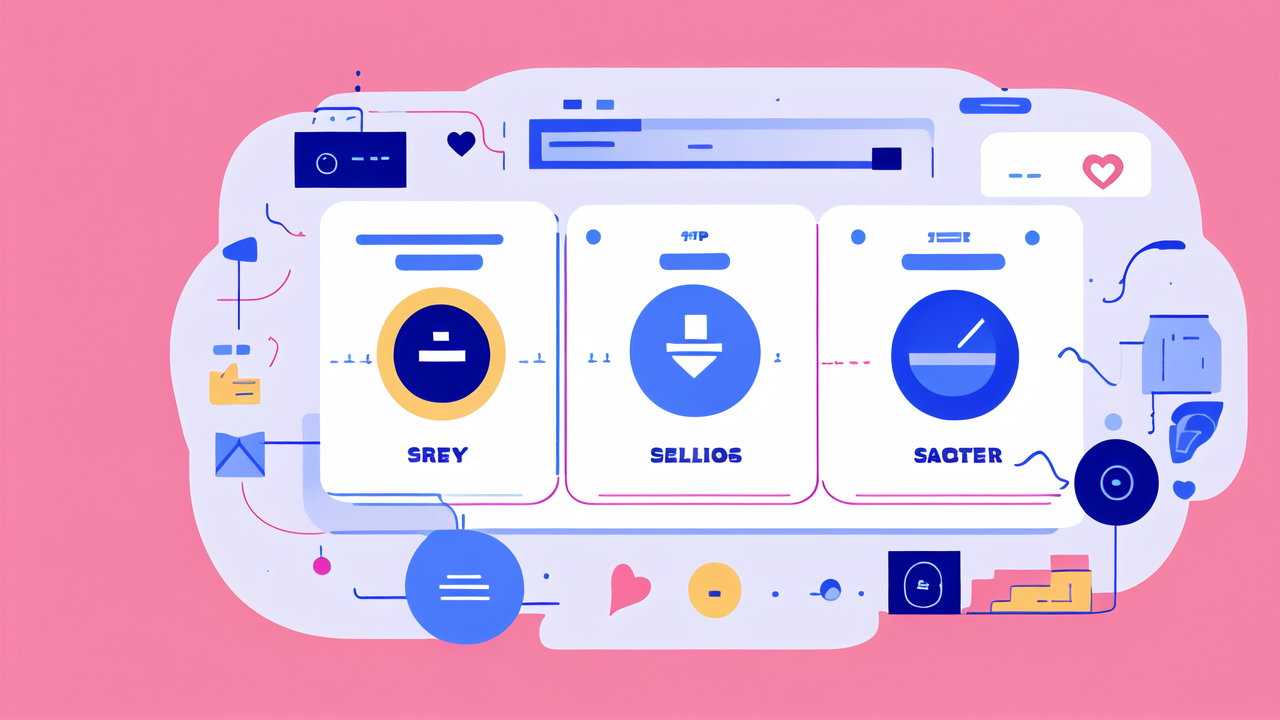Understanding Health Tracking: A Primer
The Basics of Health Tracking Technology
Health tracking tech has come a long way. It started with simple step counters. Now, we have smart devices that do much more. These gadgets can track heart rate, sleep patterns, and even stress levels. They use sensors to gather data about our bodies. This data helps us understand our health better.

The core of this tech is the ability to measure physical activity. It also tracks vital signs like heart rate and blood oxygen. Some devices can even detect falls or irregular heartbeats. The goal is to give users a complete picture of their health. This info can help people make better choices about their lifestyle.
Key Metrics for Fitness and Wellness
When it comes to fitness and wellness, certain metrics are crucial. These include:
- Steps taken
- Calories burned
- Heart rate
- Sleep duration and quality
- Stress levels
- Blood oxygen levels
These metrics give a good overview of a person's health. Steps and calories show how active someone is. Heart rate can indicate fitness level and stress. Sleep data helps users improve their rest. Stress levels can guide relaxation efforts. Blood oxygen is important for overall health.
Other metrics may include body temperature, hydration levels, and even mood tracking. The key is to provide useful, actionable data. This helps users make informed decisions about their health and fitness goals.
Regulatory Landscape in the United States
In the US, health tracking devices fall under FDA oversight. The FDA classifies these devices based on their risk level. Most fitness trackers are considered low-risk. They don't need FDA approval before hitting the market. But, companies must still follow certain rules.
The FDA does regulate devices that claim to diagnose or treat medical conditions. These need more rigorous testing. Privacy is also a big concern. Laws like HIPAA protect health data. Companies must ensure they handle user data securely and ethically.
There's ongoing debate about how to regulate newer tech. This includes AI-powered health devices. The goal is to balance innovation with consumer safety. As tech evolves, so too will the regulatory landscape.
Smart Watches and Wearable Technology Advancements
Innovations in Smart Watch Features
Smart watches have come a long way. They now offer features beyond basic timekeeping and step counting. Many can now measure ECG and detect atrial fibrillation. Some can even measure blood oxygen levels and track menstrual cycles.

GPS tracking has improved, making them useful for runners and hikers. Battery life has gotten better too. Some watches can last for days or even weeks on a single charge. Water resistance has also improved. Many watches are now suitable for swimming and diving.
Voice assistants are now common in smart watches. They allow users to make calls, send texts, and control smart home devices. Some watches can even work as standalone devices, without needing a phone nearby.
The Evolution of Wearable Clothing for Health
Wearable clothing is the next frontier in health tracking. Smart fabrics can now measure things like posture and muscle activity. Some clothes can even adjust to keep the wearer at the right temperature.
There are shirts that can track heart rate and breathing. Socks exist that can detect foot ulcers in diabetic patients. Smart bras can monitor for early signs of breast cancer. These clothes are designed to be comfortable and washable, just like regular clothing.
The goal is to make health tracking seamless and constant. By integrating sensors into everyday clothes, users can get health data without any extra effort. This could lead to earlier detection of health issues and better overall wellness.
Integration of AI and Machine Learning
AI and machine learning are changing the game in health tracking. These technologies can analyze vast amounts of data quickly. They can spot patterns that humans might miss. This leads to more accurate health predictions and personalized advice.
For example, AI can predict when someone is likely to get sick based on their data. It can suggest when to rest or when to push harder in a workout. Machine learning algorithms can adapt to each user's unique patterns. This makes the advice more relevant and effective.
AI can also help make sense of all the data collected by wearables. It can present it in easy-to-understand formats. This helps users make better decisions about their health without feeling overwhelmed by numbers.
Implementing Health Tracking Systems in Practice
Case Studies: Successful Health Tracking Implementations
Many organizations have successfully implemented health tracking systems. One example is a large tech company that gave employees fitness trackers. They saw a 10% increase in employee wellness program participation. This led to lower healthcare costs and fewer sick days.

A hospital used wearable devices to monitor patients after discharge. This reduced readmission rates by 30%. Patients felt more connected to their care team and could spot problems early.
A school district implemented a program using smart watches for students. It tracked physical activity during PE classes. This led to more engaged students and better fitness outcomes. Parents appreciated the insights into their children's activity levels.
These cases show the potential of health tracking when implemented thoughtfully. The key is to have clear goals and to use the data effectively.
Ethical Considerations and Consumer Privacy
As health tracking becomes more widespread, ethical concerns arise. Privacy is a major issue. Companies must be clear about how they use and protect user data. Users should have control over who sees their health information.
There's also the risk of data being used for discrimination. For example, insurers might use health data to deny coverage. Employers might use it in hiring decisions. Clear regulations are needed to prevent misuse of this sensitive information.
Another concern is the pressure to be constantly monitored. Some worry this could lead to anxiety or obsessive behavior. It's important to balance the benefits of tracking with mental well-being.
Inclusivity is also an ethical concern. Health tracking tech should be accessible to all, regardless of income or ability. Companies should strive to make their products usable by diverse populations.
Future Prospects: The Integration of IoT and Big Data in Healthcare
The future of health tracking looks exciting. The Internet of Things (IoT) will connect more devices. This means your smart watch could talk to your smart fridge or your car. It could give you a complete picture of your health and environment.
Big data will play a huge role. With more data points, we can get more accurate health predictions. This could lead to truly personalized medicine. Doctors could prescribe treatments based on your unique data profile.
We might see smart cities that use health data to improve public health. For example, air quality sensors could alert people with asthma to stay indoors. Traffic patterns could be adjusted to reduce stress levels during commutes.
The challenge will be managing all this data securely and ethically. But if done right, the integration of IoT and big data could revolutionize healthcare. It could lead to longer, healthier lives for everyone.




Leave a comment
This site is protected by hCaptcha and the hCaptcha Privacy Policy and Terms of Service apply.